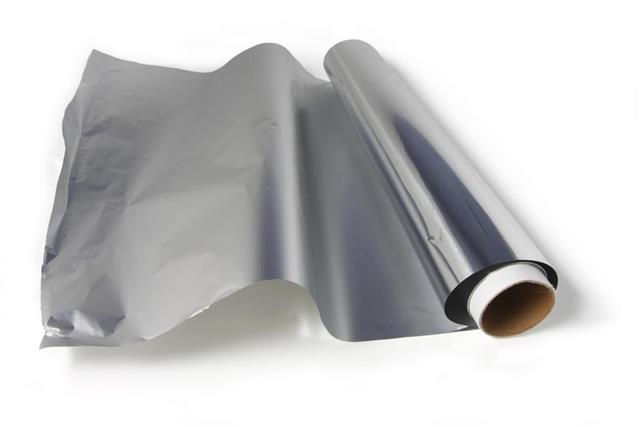
Aluminum has widespread applications in various domains, like construction, packaging, transportation, etc., due to its unique properties. This ScienceStruck article sheds light on some of the uses and properties of this metal.
Name Game!
Sir Humphry Davy proposed the name ‘Aluminum’; however, to conform with the nomenclature of the other elements of the periodic table, it was renamed Aluminium, which is still used in many countries. In the USA, the name ‘aluminium’ was used until 1925, when the American Chemical Society decided to officially use the name “Aluminum”, which is being used since then.
Aluminum is used extensively in the modern world. It has a silvery-white appearance and displays many unusual properties. It has wide applications in different domains, like transport, home décor and accessories, building and construction, etc. No other metal can be used in so many ways as aluminum.
Its remarkable and unusual properties have made it possible for this element to find so many widespread uses and applications in various fields, which are described below.
Various Uses of Aluminum in Society
Building and Construction
Approximately one-fifth of the world’s total consumption of aluminum is used by the construction industry. Bridges, domes, and roofs of several big structures, like markets, sports complexes, and stadiums make use of aluminum. It suits the cladding, stairways, railings, etc. Its malleable nature and stylish, shiny appearance makes it suitable for home décor items, like window frames, door knobs, railings, grills, curtain bars, as well as artifacts, indoor and outdoor furniture, doors, and interior panels. Aluminum can be cut, welded, bonded, tapered, and joined with other material. It is also used as a cladding to provide insulation for buildings along with stones and bricks. Aluminum scrap, casting, fabricating, pipes, sheets, tubing, tanks, bars, wire, stampings, windows, pins, doors, rods, railings, ladders, shutters, building bridges, skylights, etc., used in commercial buildings are also made up of this metal.
Packaging
Around one-fifth of the extracted aluminum is used in the packaging of foods, beverages, pharmaceuticals, etc. Cans, trays, foils, bottles, thermos, utensils, kettles, refrigerators, toasters, and saucepans are made of this element. Aluminum is used as it keeps the food safe, prevents pathogens from entering the food, and does not affect the taste or smell of the food packed in it. It resists corrosion, repels water, and is non-toxic, which reduces spoilage of food items. In fact, aluminum helps protect the food items stored in it from other harmful elements, and hence, it serves as an excellent packaging material.
Transportation
Automobile Industry
Electricity
Some Other Uses
- Many consumer products make use of aluminum, which include household fittings, gas cylinders, containers, bicycles, etc.
- The highly reflective nature of aluminum is useful in making mirrors and heat reflectors.
- Marine equipment, like ship bodies, helipads, handrails, etc., make use of aluminum.
- Baseball bats, tennis racquets, golf clubs, watches, etc., are also made up of this metallic element.
- Super purity aluminum, which is 99.980 to 99.999% pure, is used in CDs and other electronic equipment.
- Many salts and compounds of aluminum are used in manufacturing glass, ceramics, paper, paints, and artificial gemstones. Some countries manufacture coins that are made of aluminum, or its alloy with copper.
Properties of Aluminum
The atomic number of Aluminum is 13, and its symbol is Al. Aluminum has been used since ancient times for various purposes. Listed below are the properties of this widely used metal.
Lightweight: Its weight is about ⅓rd of the weight of steel, brass, or copper of equal volume.
Strength: The strength is such that it can stand heavy pressures and loads. When it is alloyed properly, it can have the strength of steel.
Electrical Conductivity: The conductivity is twice as compared to the conductivity of copper.
Thermal Conductivity: It can quickly spread heat or cooling energy in an even and quick manner.
Non-toxic: It is non-toxic, and this property makes it ideal for packing cooking material.
Reflectivity: It reflects light as well as other forms of radiant energy.
Ductility: The metal is ductile, and thus, it can be drawn into wires.
Miscible: It can be modified by alloying it with metals that make it malleable, conductive, and resilient than aluminum alone.
Finishing: A variety of coatings and finishes can be used over it, such as paints, lacquer, organic coatings, or porcelain.
Costing: It is quite cheaper and economical; all in all, it is cost-effective.
Recyclable: It can be easily recycled into many products.
Corrosion: It corrodes less; hence, it is used in the construction of many buildings.
Durability: It has a great amount of durability.
These were some uses and properties of aluminum. These unique and unusual properties of this metal have found many applications, which make it very useful and reliable in the modern world.





